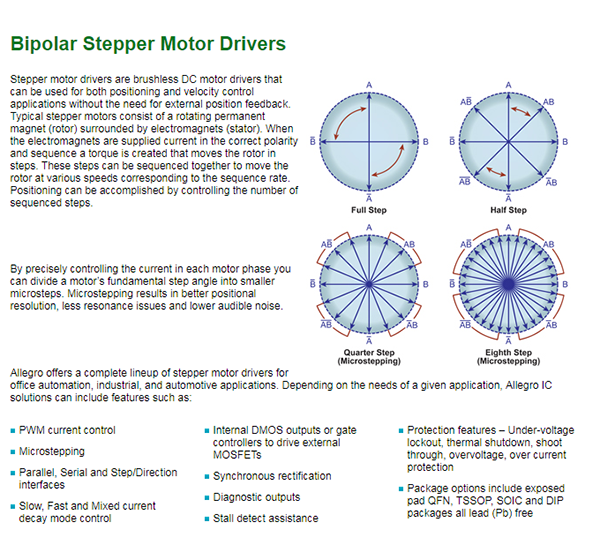A hardware diagnostic is a method of finding problems with a computer’s hardware systems. These diagnostic systems can be run by the user or internal programs, initiated by the computer’s control systems or executed from within the hardware itself. Basic hardware diagnostics cover the necessary systems in a computer, such as the processor, the chipset and the memory, on every system boot. These hardware diagnostic systems often give an essential early warning of potential system breakdown or failure.
- Download Diagnostic Instruments: SPOT Insight FireWire for Windows to sPOT1394Cameras driver.
- Zurich Instruments is a test and measurement company headquartered in Zurich, Switzerland, developing and selling measurement instruments along with premium customer support in key markets around the world. LabOne LabVIEW Driver. LabOne Matlab Driver.
Hardware diagnostic systems come in two basic types—single- and multi-purpose. A single-purpose diagnostic program will only check a certain piece of hardware. The checks on that hardware are very specific and tailored to that system. A multi-purpose diagnostic will check multiple pieces of hardware for problems. Since these programs are not specifically for a single hardware piece, they will often miss small or strange problems that single-purpose diagnostics catch.

The Automotive Diagnostic Command Set (ADCS) Toolkit is a software add-on for LabVIEW, LabWindows™/CVI, and Microsoft Visual Studio. This add-on is suitable for a range of automotive diagnostic applications that typically involve reading and writing parameters, accessing diagnostic trouble codes (DTCs), flashing ECU firmware, and initiating ECU diagnostic test modes.
User-initiated diagnostic programs have the widest range of types and functions. Common multi-purpose programs will often check items that are unusual for other systems to check, such as the monitor or network system. On the other hand, since they are typically a single ‘catch-all’ program, they may not notice subtleties that more specific programs will find. Single-purpose diagnostic programs are often supplied by hardware manufacturers and are a good first step in identifying odd computer behavior once an individual narrows down the piece of hardware.
Is A Self Diagnostic Instrument
Internal diagnostics programs generally come from two locations—the hardware’s driver or computer’s operating system. They are often single-purpose. These programs will typically run in the background whenever a computer is in operation. An operating system’s scans check for abnormalities in the responses it receives from hardware, often only finding them after the hardware has already begun to fail. Driver diagnostic systems pay closer attention and will often report strange behavior in a piece of hardware as soon as it becomes apparent, but only some hardware have these forms of drivers.
A hardware diagnostic run by the computer’s control systems operates on a very basic level. It typically monitors power levels and response times rather than data validity. A majority of the active scans take place during the boot sequence, where single-purpose programs run through checks on various computer systems. After boot, these hardware diagnostics typically sit in the background, only alerting the user when something very bad happens.

The last type of hardware diagnostic is run by the hardware itself. Since these internal programs are built into the hardware, they are always single-purpose. These programs monitor the system for anything outside the hardware’s specifications. When it finds something, it alerts the computer’s internal systems, which will then alert the operating system.
The HVA60 VLF/DC Hipot Tester model is the instrument of choice when customers require a single instrument that can test the full range of Medium Voltage cables available – that is 35kV rated cables and below. This very popular, single piece instrument is widely used on long 35/33kV cable systems found in electrical utilities, wind and solar farms, etc.
Diagnostic Instruments Drivers
The HVA60’s portable design has a total weight equivalent to just one piece of many two piece VLF 60kV units available on the market. In addition, setting up the HVA60 instrument is simple with no cumbersome interconnects between various modules that make up a typical two-piece design.
Having both VLF AC and DC outputs, the HVA60 is not simply a high voltage instrument for testing MV cables, the unit can also be used for testing Vacuum bottles, cable jackets/sheaths, rotating machines, transformers, switchgear, etc. Test reports are downloaded to the instrument’s internal memory or to a USB flash drive.
As with all HVA units, fully automatic test sequences, digital RMS metering, and integrated storage of test results make the HVA60 a top seller.
